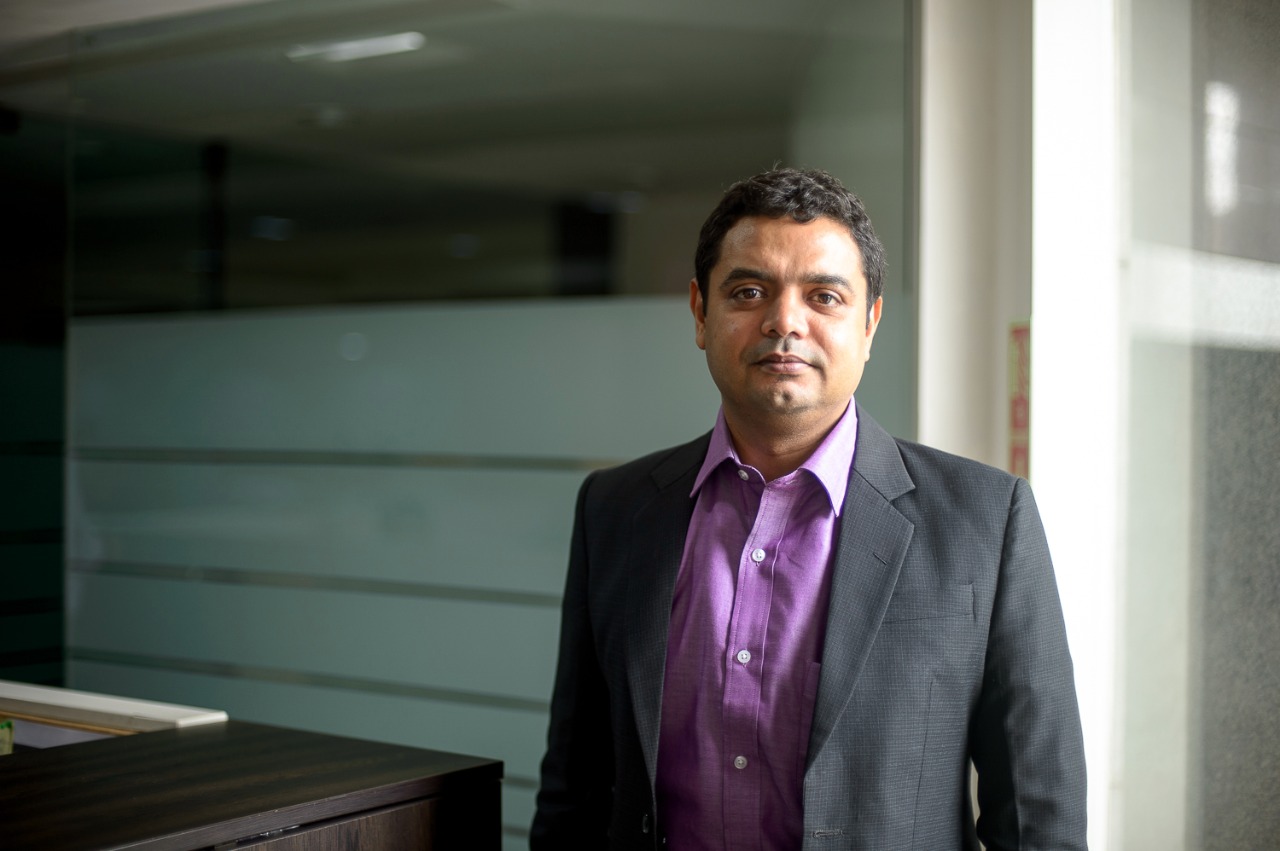
When Indian stocks were rallying this March-April to hit new peaks, the country’s high net-worth individuals, or HNIs, were thinking of cross-border options to park their money.
Wealth managers say many HNIs were seen using the liberalised remittance scheme (LRS) route to buy stocks of foreign companies on foreign stock exchanges and to acquire overseas properties. LRS allows Indian nationals to invest or send money anywhere in the world.
As the ongoing credit and liquidity crisis took a toll on debt mutual funds, especially in credit risk funds, and the equity market turned choppy, ultra-HNIs and family offices began shifting out of traditional options.
Risk appetite among HNIs seems to be shifting from traditional mutual funds to alternative products, says Unmesh Kulkarni, Managing Director, Senior Advisor, and Head of Markets and Advisory Solutions at Julius Baer India, the local arm of the leading Swiss private banking group Julius Baer.
Many are evaluating structured credit opportunities in the alternative investment fund (AIF) basket, he said. Globally, an HNI is a person with $1 million investable surplus while ultra HNI is a person with a surplus in the upwards of $10 million. By Indian wealth market standards, an HNI is a person with more than Rs 5 crore in investible surplus, while those with more than Rs 30 crore surplus fall in the bracket of ultra HNIs.
Capgemini’s World Wealth Report for 2018 showed India’s HNI population grew at the fastest rate in the world at over 20 per cent in 2017 to 2,63,300 from 2,18,600 in 2016. Their cumulative wealth grew to $1067.1 billion in 2017 from $877 billion in the previous year.
Gaurav Awasthi, Senior Partner, IIFL Wealth, says India is well on its path to reach the milestone of a ‘million millionaires’.
He said with increasing globalisation and availability of more information, Indian HNIs are getting more comfortable with global investment opportunities with good risk-return tradeoffs. Traditionally, more outward remittances have been going towards real estate purchases compared with financial investments, he said.
In recent years, local fund houses have offered products like DHFL Pramerica Global Equity Opportunities, ICICI Prudential US Bluechip Equity Fund and Motilal Oswal Nasdaq 100 ETF that allow international exposure. These funds delivered an average of 20 per cent return in last one year.
Shantanu Awasthi, Head of Family Office at Karvy Private Wealth, however, says there is still a “strong home country bias” and the numbers under LRS for investment has been not very encouraging.
“Even feeder funds investing abroad have very low AUMs. Most of the investments under LRS has been either to support family members or to buy properties if the families are based abroad,” he said.
Instead, said Shantanu Awasthi, there has been a traction in fixed deposits and secondary bonds, namely tax-free bonds, in HNI wealth allocation. “There has also been some traction in the pre-leased commercial space where HNI clients have been active.” Kulkarni said private equity has been a big draw among ultra-HNIs, both through funds as well as direct equity purchases, but “this is not a secular trend yet.”
The Indian HNI has, of late, been diversifying investments across a variety of channels outside the traditional product basket. There is more interest in market-linked debentures, especially of the fixed-income variety, but domestic alternative investment funds have not delivered as per expectations, Kulkarni said.
“Long-short and hybrid alternative investment funds (AIFs) have seen participation from HNIs even though this product class fell short of expectations against the backdrop of a challenging equity market,” he said.
The BSE Sensex has risen 10 per to 39,067 till April 29 from 35,352 on February 19 and scaled its lifetime high of 39,487.45 on April 18, 2019. Kulkarni said there nothing called an ideal mix for an HNI portfolio.
It all depends on individual preferences, time horizon, income or liquidity requirement, financial situation and knowledge or experience. Asset allocation changes over time and as per change in circumstances.
Some advisers still pitch standard templates such as a 70:30 allocation in equity and debt in case of aggressive investors, 50-50 for moderates and 30-70 for conservatives. These serve as a good starting point, but as one goes through the journey, it is desirable to adjust the asset mix to specific needs, age profile and financial situation.
Besides meeting investment targets, ultra-HNIs are also taking an active part in philanthropic activities.
“This has gained momentum in India over the past few years. Whether giving a pledge, impact investing (investment made to generate social/environmental impact along with financial returns) or allocating a large part of one’s personal wealth, Indian ultra-HNIs have been implementing various strategies to achieve their philanthropic goals,” Kulkarni says.
Impact investing refers to investments made with an objective to generate a social or environmental impact with a financial return.
Kulkarni said new wealth is getting generated through companies listing on the stock exchanges as well as through PE funding. He said the domestic equity market presents a good opportunity to create long-term wealth at this stage, and a systematic and regular approach to participate in the market, rather than trying to time them, can hold one in good stead.
“Allocation within equities could, of course, be fine-tuned from time to time, depending on relative attractiveness and valuations of sectors, themes or stocks. Among sectors, we currently prefer financials, consumption (including auto), healthcare and select industrials,” he said.

Read the original article:
Economic Times
